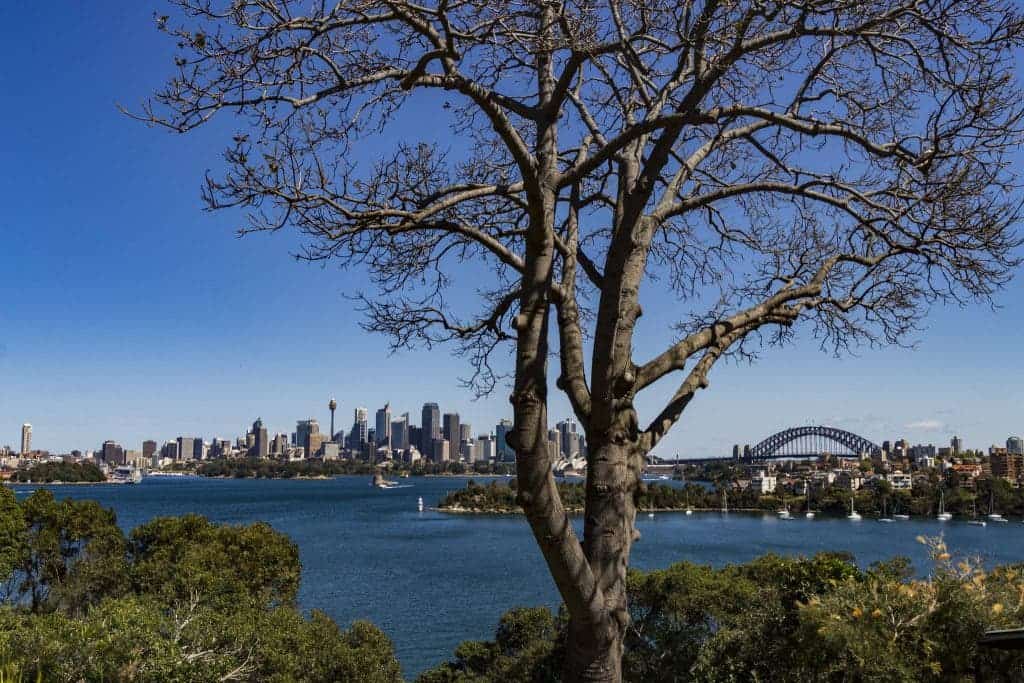Even a single tree planted on a street can help urban dwellers cope with urban heat, a new study reports. Researchers found that temperatures were 1.4ºC cooler around 6-7 pm in neighborhoods where at least half the area was covered by a canopy from trees, and even a single tree can make a significant difference for a bloc.

Trees provide a remarkable number of environmental services. From filtering the air to preventing erosion and regulating stormwater runoff, there’s no denying trees don’t get enough credit for all the help they provide. Trees also play a role in regulating urban temperatures: they reduce the amount of sunlight striking buildings and pavement, which lowers the amount of energy absorbed and re-radiated into the air.
They also cool the air through a process known as transpiration cooling. As they release water into the atmosphere from the leaves, the surrounding air is cooled as water goes from liquid to vapor.
But these benefits can be lost as cities expand and get filled with concrete instead of parks and forests. Dark surfaces absorb more heat from the sun, and concrete and asphalt (think roads and buildings) are excellent heat magnets, producing the so-called urban heat island effect, where cities are hotter than their surroundings. Paved surfaces also mean that plants and trees can’t breathe properly, reducing the important evapotranspiration.
Urban heat can cause a range of human health problems, and we know that green areas can help reduce these issues. But the exact positive impact of trees has not been quantified. Now, a new study finds that even a couple of trees can make a difference.
“There are plenty of good reasons to plant trees, but our study shows we shouldn’t underestimate the role that individual trees can play in mitigating heat in urban areas,” Michael Alonzo, lead author of the new study, said in a statement. “City planners can take advantage of the small spaces that abound in urban areas to plant individual trees.”
In the study, Alonzo and colleagues looked at air temperature readings from one hot summer day in 2018 across different areas in Washington DC. They collected 70,000 air temperature readings from multiple days throughout the day. In their analysis, they examined tree canopy over paved and unpaved surfaces as well as distributed trees, such as those planted in the back yard.
While urban parks provided mid-day cooling, individual trees helped tackle heat especially in the evening, the findings showed. The researchers recorded lower temperatures in neighborhoods that were covered by canopy from distributed trees (trees that stand “by themselves”, not in a forest or a park. Even places with 20% of canopy cover were cooler than those with no trees, showing that the evening cooling effect lasts well into the night.
In urban areas, people are more likely to live near distributed trees rather than parks. In Washington DC, where the study was carried out, there are many places where individual trees could be planted, such as streets with family homes and streets with rowhouses. This could increase the racial and socio-economic equity of tree planting, the researchers wrote.
“Evenings are not quite the respite from heat that we once had,” Alonzo said. “These distributed trees do help the city cool off in the evening and that’s important for human health.”
The study was published in the journal Environmental Research Letters.









